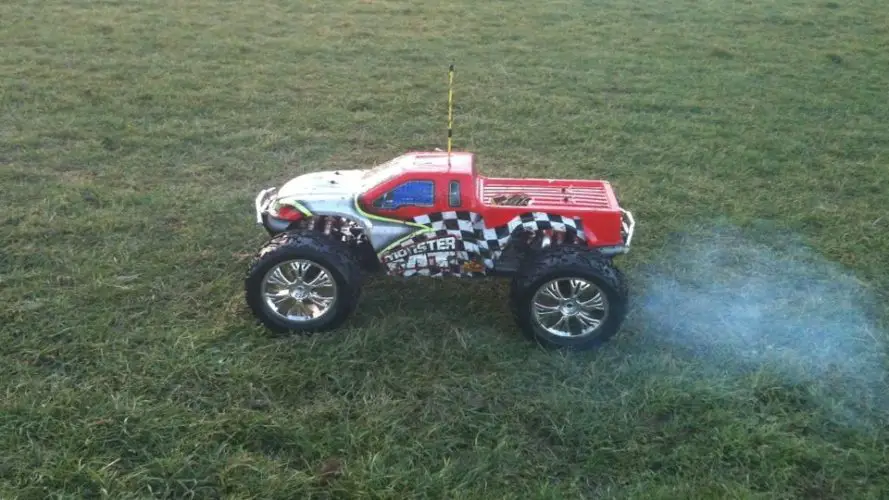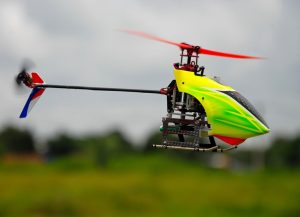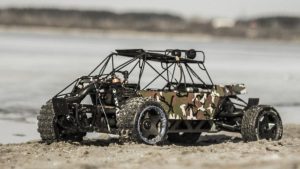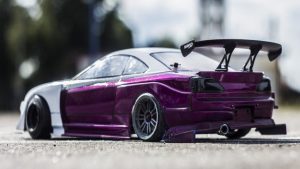When you’re playing with RC cars, a lot of the fun comes from great performance. Playing with quick and zippy cars is a lot more thrilling than playing with lackluster slow-performing picks. Fortunately, you don’t have to buy brand new models to achieve higher speeds when playing with RCs! There are a lot of basic modifications that are simple to do at home and can boost your RC car’s speed significantly. If you’re wondering how to make your RC car go faster, check out these basic tips to get started.
Switching out your tires
One of the biggest causes of low speed in RC cars is a bad pairing of tires and surfaces. Smooth tires don’t run particularly well on surfaces where it’s hard to achieve traction, while spiked alternatives give a bumpy ride when they’re not performing off road. When possible, switching out your car’s tires for a size-appropriate alternative can improve performance and speed significantly.
If you’re riding on smooth surfaces, especially if you want to drift, smooth tires are best. Surfaces where it’s difficult for cars to gain traction, particularly outdoors, demand spiked tires. When playing on indoor carpeting, mini pin tires offer a smooth ride and the necessary grip to achieve speed. Mini spikes can offer users the best overall performance on multiple surfaces.
You shouldn’t go low end on RC parts in general, but it’s especially important with tires. Picking better ones will offer more performance improvements including more precise controls, which can help to avoid crashes and maintenance expenses. They’re also more durable, so they won’t need to be replaced quickly.
Upgrading your batteries
While most older cars use Ni-MH battery packs, newer models have switched over to more modern Li-Po packs that are significantly less weighty. Making this switch can offer your vehicle a great deal more power, but by virtue of that, it can also make it more difficult to control. It’s very possible to make the switch, but make sure to consult online forms and experienced hobbyists when doing so to make sure you’re choosing a pack that’s compatible with your RC car – as with any battery powered device, using the wrong battery can cause damage. Make sure to always dispose of old batteries according to the environmental regulations in your area!
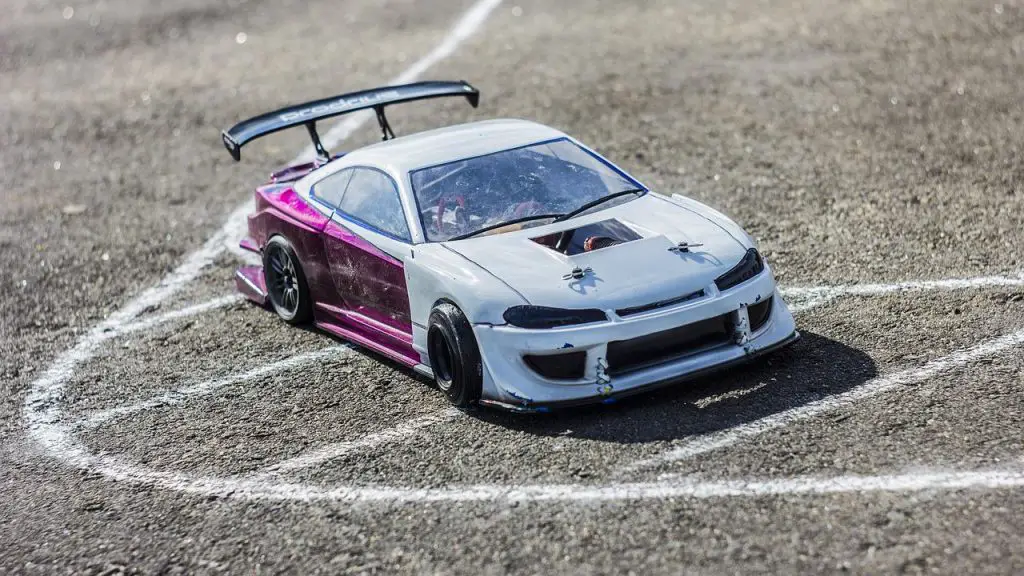
Removing some weight
It’s pretty simple to understand why heavier RC cars move a bit slower than their lighter counterparts. It’s possible to modify your existing models, replacing weighty parts with more lightweight alternatives like aluminum, graphite and light carbon – as we mentioned previously, switching out Ni-Mh batteries for Li-Po picks can also alleviate speed issues. Even fractional changes in weight can make a significant difference in how a car operates, because weight reduction reduces traction, so start out slow and be prepared to relearn the sensitivity of your car’s controls.
Adjusting your gear ratio
There are two basic gears that power your RC car – the pinion gear and the spur gear. A pinion gear is directly attached to your car’s motor. The more teeth a pinion gear has, the faster a car is able to go. That said, it’s not wise to upgrade by more than a few teeth at a time, as this can cause destructive overheating issues. The spur gear is turned by the pinion, and replacing the existing gear with a smaller pick can improve top speed. Notably, downsizing the spur gear slows acceleration, so this isn’t the right pick for going from 0 to 60. As far as internal part replacements for speed improvements go, this is one of the easier projects for beginners and intermediate users to attempt.
Upgrading your motor
If you’re already experienced with RC cars, you know that their motors can be brushed or brushless. Brushed motors are great for beginners because they offer decent speed and car control that’s easy to master. Brushless motors are included in higher end model kits, but can also be purchased from hobby retailers. They’re more efficient in a technical sense because they lose less energy in the process of creating friction. That energy allows the car to be speedier and more powerful.
Installing a brushless motor isn’t possible on all models, and it’s not a project a novice should attempt. If you’re not an advanced RC user, it’s best to consult the pros on this or consider purchasing a new model that features a brushless motor. They’re more expensive, harder to install and maintain and more complex to control, so this is definitely an undertaking to consider carefully.
If you’re looking to boost your RC car speed, you’re not alone. You’ll find many large communities of RC hobbyists, pros and retailers online who offer very specific and helpful tutorials on how to modify your vehicle and the best part picks for top speed. Many people are eager to provide help in your quest to improve your RC experience, so don’t hesitate to post on forums – you may glean some important info that could otherwise be overlooked.


